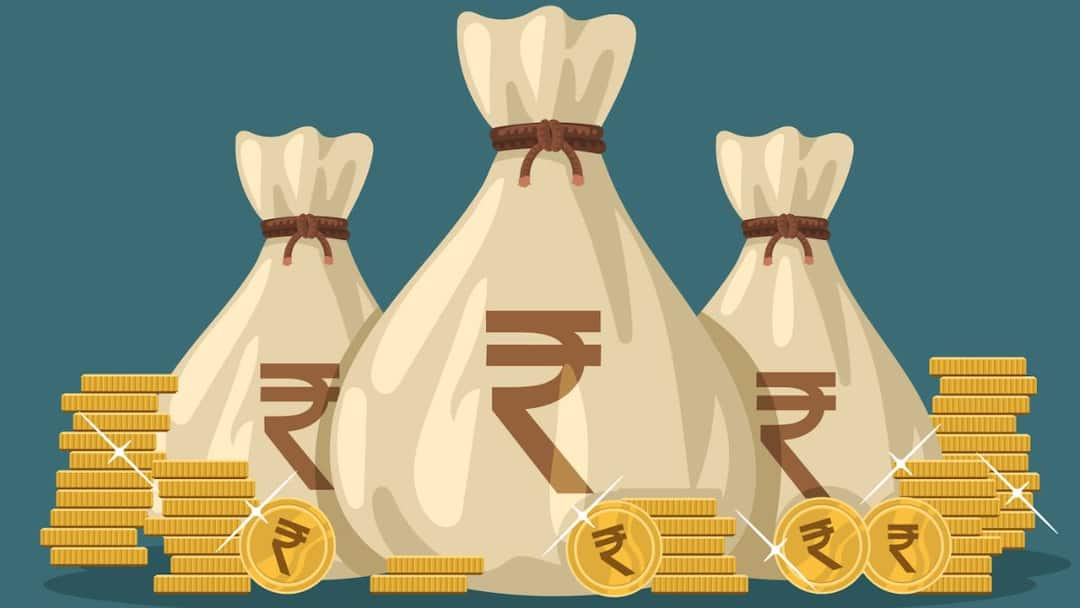Gold prices in Lucknow edged lower on Tuesday, following the downward trend seen across major Indian cities. The dip comes amid fluctuating global prices and currency movements, as investors weigh signs of slowing economic growth and shifts in monetary policy expectations.
In Lucknow, the price of 24-karat gold currently stands at Rs 12,251 per gram, while 22-karat gold is priced at Rs 11,240 per gram. The decline marks a brief pause in what has otherwise been a resilient period for gold, with steady demand from both retail investors and jewellers.
India’s Gold Demand Remains Robust Despite Price Swings
India’s fascination with gold continues to be unmatched, with the country ranked as the second-largest consumer globally. Despite sustained efforts to encourage recycling and domestic sourcing, the bulk of India’s gold supply still comes from imports. This dependence makes local prices extremely sensitive to movements in the rupee.
Because gold is traded globally in US dollars, even minor fluctuations in the rupee’s exchange rate can significantly alter import costs. A stronger rupee offers relief to domestic buyers, but any weakening can quickly drive up prices. On Tuesday, the rupee’s relative firmness helped offset some of the global weakness in gold, leading to marginal price adjustments in the domestic market.
Global Cues Keep Market Direction Mixed
On the global stage, gold’s performance is being shaped by multiple factors, from inflation and bond yields to shifts in investor sentiment. Concerns over the pace of US economic recovery, changing expectations around Federal Reserve rate cuts, and geopolitical uncertainties in key regions continue to keep bullion investors on their toes.
Jewellers in Lucknow say that despite the mild correction, footfall remains healthy as gold retains its appeal as a long-term asset. Many buyers are using the current dip as an opportunity to make fresh purchases ahead of festivals and weddings. Analysts expect domestic demand to remain steady in the coming weeks, even as international market fluctuations persist.



